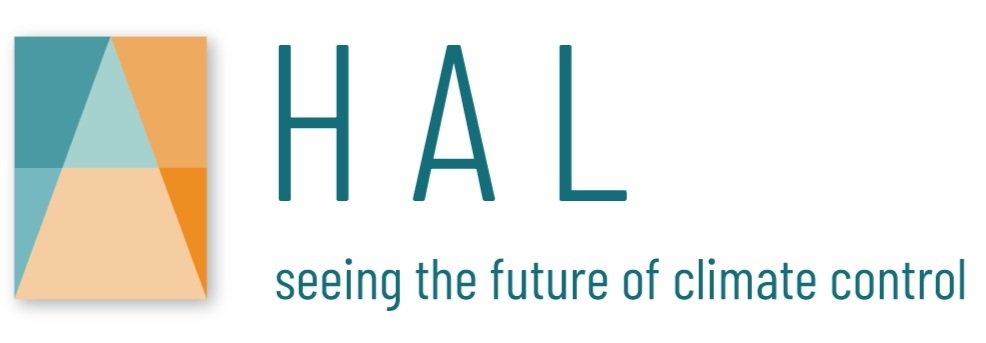
Our Story

It all started when HAL’s founders Vicky & Julian made alterations to Featherston House, a mid-century building designed in 1968 by architect Robin Boyd. The goal was to achieve a balance between respecting the building’s heritage, while adapting it to suit a modern lifestyle. The extreme open plan design meant that temperature control had always been a challenge.
HAL’s founders have a long standing interest in blue-sky ideas for sustainable design. So when updating the building, they saw an opportunity to come up with an innovative yet energy efficient way of tackling their climate control issue.
Featherston House has always been very connected to it's natural environment with its internal garden, translucent roof and glass curtain wall. Julian and Vicky wanted to enhance that connection by making the building actively respond to it’s environment and future weather conditions. For example, if it’s forecast to be warm the following day, cool air could be brought in overnight to pre-cool the building. And they needed intelligent automation software to do that, but they couldn’t find it. So they built it themselves and called it HAL.
The HAL prototype has been operating in Buildings 1 & 2 at Featherston House - automatically controlling all the heating, cooling and ventilation. It has generated years of data proving that it can make considerable savings.
Julian and Vicky realised they had created something unique and that if they could replicate their technology in other buildings, they would contribute to the fight against climate change. So they embarked on commercialising their technology and founded HAL Systems.
They researched potential markets and discovered that applying these strategies to existing commercial HVAC systems could deliver very significant cost and climate outcomes. Leveraging their background in the commercial building sector, they tapped into their network and talked to industry experts, who confirmed HAL was practical and a tool that buildings needed!
Together with their team and supporters, they’ve developed strategic relationships with property owners and allied industries, and are excited about the bright opportunities ahead.







